Zero Trust in 2025: Moving from Buzzword to Business-Critical Strategy
Zero Trust has been a hot topic in cybersecurity for years, but in 2025 it is no longer optional. With the rise of hybrid work, rapid cloud adoption, and an evolving threat landscape, Zero Trust has become a business-critical framework for protecting systems, data, and people.
This guide explores what Zero Trust really means, clears up misconceptions, and highlights how InfoSec professionals, including the Central Ohio ISSA community, can begin putting it into practice.
Why Zero Trust, Why Now
Traditional perimeter-based defenses no longer match today’s realities. Users, devices, and data are distributed across cloud platforms, home offices, and third-party vendors. Zero Trust shifts security toward identity-first defense, least-privilege access, and constant verification. In short: never trust, always verify.
Key Pillars of Zero Trust
At its core, Zero Trust emphasizes explicit verification of every user and device, restricting access to only what is necessary, and designing with the assumption that breaches will occur. These principles ensure organizations reduce risk, improve resilience, and create a security model that adapts to modern threats.
Common Misconceptions
Despite its popularity, Zero Trust is often misunderstood. It is not a single product but a comprehensive framework that involves people, processes, and technology. It is not limited to large enterprises; small and mid-sized organizations can benefit significantly from applying its principles. And it does not mean “no trust.” Rather, it means continuously validating trust at every interaction.
Practical First Steps
Organizations do not need to overhaul everything at once to adopt Zero Trust. The journey can begin with strengthening identity and access management, implementing multi-factor authentication, and investing in continuous monitoring. Mapping data flows helps identify where sensitive assets live, and small pilot projects allow teams to test Zero Trust approaches before scaling them more broadly.
The Role of the InfoSec Professional
Zero Trust is as much a cultural change as it is a technical one. InfoSec professionals play a central role in guiding adoption by championing least-privilege policies, leading conversations about verification, and helping their organizations understand why Zero Trust matters. Building expertise in cloud security, identity management, and governance strengthens a professional’s ability to drive meaningful progress.
Looking Ahead: Building a Zero Trust Future
Zero Trust is not a one-time project. It is an ongoing journey. By focusing on people, process, and technology, organizations can reduce risk, strengthen defenses, and adapt to whatever comes next.
Remember
Zero Trust is more than a cybersecurity trend. It is a mindset shift. By embracing it thoughtfully, InfoSec professionals can better protect organizations today while preparing for tomorrow’s challenges.
